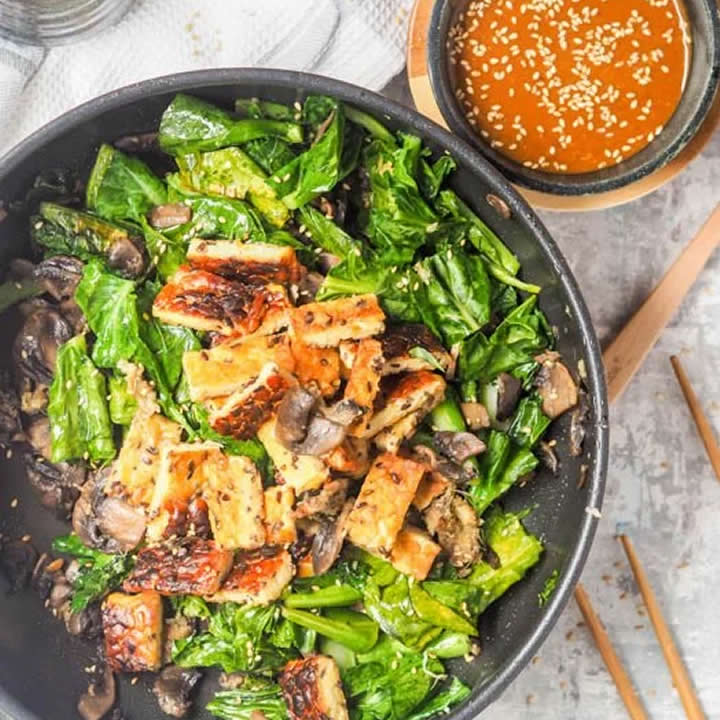To begin with this low-carb, high-fat diet, everything you need to understand. So you chose to attempt the high fat, low-carb diet, which is known as the ketogenic, fat-burning diet. Whether it’s a loss of weight, energy increase or fuel training differently, keto is currently a common option. However, finding your own plan for a keto dinner is not easy, especially as eating an extremely high-fat diet doesn’t naturally reach many individuals who are used to a traditional carbohydrate diet in the United States. (It is particularly difficult if you are vegan and want to try Keto.)
But that should assist: Keto specialists will clarify how to succeed and will also give you insights into what keto foods to consume when you begin. (See these Low Carbohydrates Keto beverages that you keep in Ketosis while you’re there.)
Have a Keto Meal Plan:
When it comes to beginning a keto diet (or any diet), all specialists agree on one thing. You must have a plan. You must. Julie Stefanski of R.D.N. C.S.S.D., L.D.N., a York-based nutritionist specializing in the ketogenic diet, claims “Never attempt a keto diet to wings.” “Find the starting time and prepare your cupboard, plan meals and snacks and buy food and nutritional supplements,” she suggests. The main reason individuals have trouble adhering to Keto is that individuals do not have sufficient interesting food and protein penalizes. try this keto meal delivery
When and How Much to Eat:
Many individuals enjoy one thing about food plans, that it’s mandatory to track your food. One of the greatest benefits of ketogenetic diet,’ Dr. Josh Axe, D.N.M., C.N.S., D.C., founder of DrAxe.com, best-selling writer of Eat Dirt and co-founder of Ancient Nutrition notes,’ There will be no need to meticulously monitor your calories.
This does not mean that food tracking is discouraged on keto. “Some people may find calories a useful tool that is useful to be more aware of what they’re eating, but in a ketogenic diet, they don’t have to,” says Dr. Axe, but there’s no need to stress a caloric objective, especially when you don’t try to lose weight. (Available: #1 Calories Reason Stop)
One region where food monitoring can be particularly helpful is to ensure that your macronutrient-protein, carbs and fat ratios are correct. “At 70 per Calories, 20 percent from protein, and 10 percent only from carbs, the most investigated version of the ketogenic diet is derived,” describes Charles Passler, nutritionist and founder of Pure Change.
“Every keto meal and snack should have the same (70/20/10) macronutrient ratio in an ideal world, but studies showed that, even with each meal slightly different, you will still accomplish excellent outcomes, unless you exceed 50 grams daily of carbs, or eat those carbs at the same seating,” Passler said. Some food tracking will likely be required to accomplish these ratios without a preset dietary meal plan from a dietician or doctor. But you may no longer need it when you get the hang of stuff.

